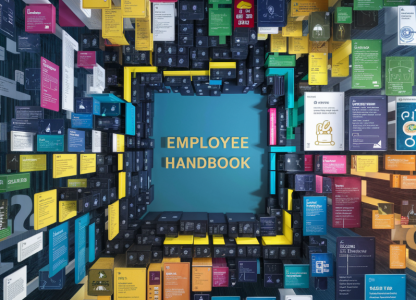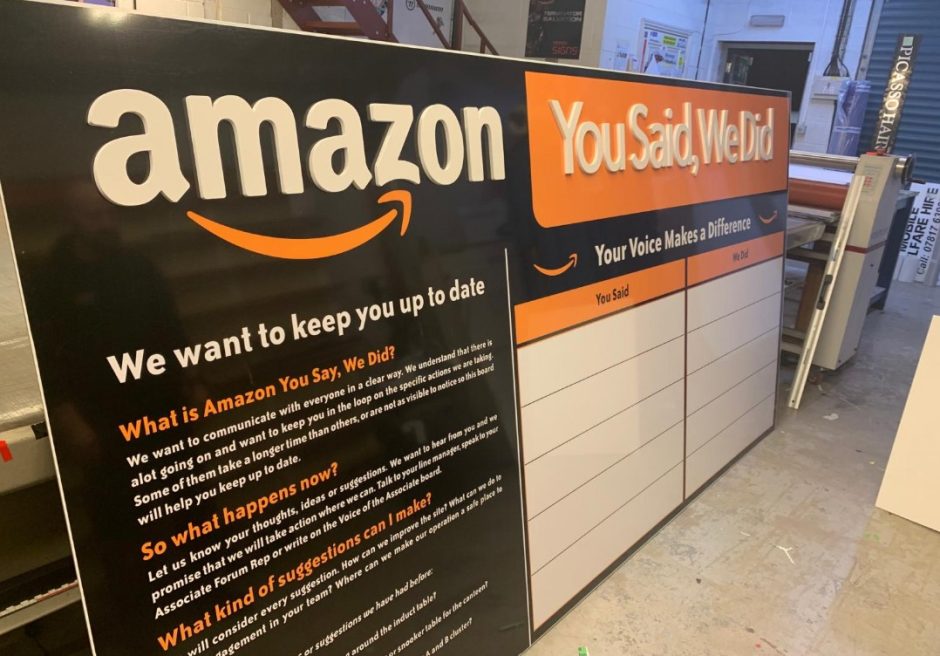Having been responsible for on-boarding staff in three organisations, I have a vested interest in the “Employee Handbook.” Whilst not required by law in the UK, there are many positive reasons to both pen and consult on your “Employee Handbook.” First and foremost it enables staff to source the answers to common questions, saving everyone time, quickly followed by communicating and sharing expectations, demonstrating your commitment to your organisational values, as well as signposting known (and therefore largely avoidable) professional pitfalls and potholes, and therefore protecting the organisations.
Whilst it is impossible to quantify just how much time is “gained/saved,” as a result of an effective Employee Handbook, the move to digital documents could potentially offer analytics that demonstrates the value of an accessible (digital, responsive, sign-posted), broadly researched (with employee consultation), structured, reviewed and timestamped, simply written handbook.
Lastly, whilst the list of what could or should be included in an Employee Handbook is extensive – I have started to see the value of two formats. A full-form, comprehensive handbook and a short-form quick access guide – based on the FAQ Section.
Executive summary:
- Employee handbooks are not required by law in the UK
- A handbook will often cover essential legal elements like health and safety, equal opportunities policy, parental leave, absence management and disciplinary procedures
- A handbook serves as a guide for employees at an organisation
- ‘Digital’ opens up new accessibility, communication and engagement opportunities
- Accessible, (digital, responsive, sign-posted)
- There is no point having a great handbook if it is inaccessible or barely referenced. When will your employees access the handbook?
- Accessible also means inclusive, and easily understandable by all employees.
- ‘Digital’ means accessible, searchable and often versioning control (different employees, see different versions)
- A number of digital solutions are also responsive (responsive to the device they are being accessed from) eg Netflix
- Microsoft Sway or Google Slides or Sites are available to be “published” to the web
- AirMason or Whale (and many others) offer digital solutions – whereas Trello have set up their “Employee Manual” on a Trello Board.
- It is important the People Professionals and line managers signpost the handbook (Coaching-on-the-go, encourage staff to source their own solutions)
- Broadly researched
- What information do staff need access to?
- Ask newly employee staff the questions and barriers they encountered?
- Involve staff in the development or review process of the handbook to promote a sense of ownership and engagement.
- Solicit feedback from employees on the clarity, relevance, and effectiveness of the Staff Handbook.
- What information do staff need access to?
- Structured
- Headings and bullets (organised lists) helps staff navigate and means the document is automatically hyperlinked.
- A quick access guide or frequently asked questions (FAQ) section to address common queries.
- Reviewed and timestamped
- Organisation evolve, documents need to be reviewed
- Timestamps communicate a document is “active,” (reducing legal risks and employee dissatisfaction).
Your handbook is a cultural artefact that demonstrates your commitment to your employees.
In fact, not so long ago, I attempted to reversed engineer the process of constructing the Staff Handbook, by asking new staff the questions or barriers they encountered, and then either confirming the answers/solutions they found themselves, or seeking answers/solutions on their behalf. We will come back to that shortly.
After two annualised cycles, the document “Your first 99 questions, answered,” became it’s own short-hand document.



